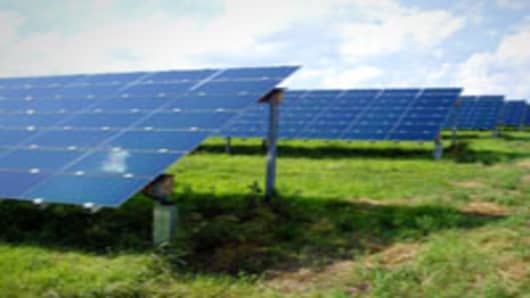Permitting is also a critical issue, says IHS’ Klein.
“It’s really difficult to permit or build anything in California,” he says, with varying laws from county to county. He adds this can add years to a developer’s timeline.
Jesus Arredondo, principal and founder of Advantage Consulting LLC, an energy regulatory and government affairs consultancy in California, says that ever-louder pushback from community groups is also dragging out the permitting process.
“There is the major issue facing many projects—will a project be sued?” he says. Opposition from local residents and environmental groups will likely strangle some projects, he adds.
“Every renewable project faces some likelihood of litigation,” he says.
Arredondo says the California Independent System Operator, CAISO,the agency that manages the state’s power system, has a queue of proposed renewable energy power plants with “three times more renewable megawatts waiting to be reviewed than what are needed to meet the State’s 33 percent [goal].”
But he adds that of the 71,000 megawatts of renewable energy under development in the state, CAISO expects “many of those projects will drop out over time.”
Viasyn’s Enoka says that developers are often unaware of upfront costs—like connecting their plant to the grid—or operational ones, which impacts necessary financing.
“A lot of developers are unprepared to deal with these barriers and as a result, get squeezed because their pro formas get haircuts when they face the realities of the market,” he says.
Some projects have better chances than others, says Klein, because the cost of some technologies have have dropped significantly.
Solar photovoltaics and wind power—the two dominant and most mature technologies among the planned power plants—cost 30-40 percent less now than in 2008.
But some of the projects in the queue use unproven technologies with potentially large generation capabilities, like PG&E’s 200 megawatt space-based solar project with Solaren, which puts the utility at greater risk if the plant doesn’t get off the ground.
“Maybe some developers were a little ambitious,” says Klein.
What's more, Arredondo says CAISO faces “an overabundance of alternative power proposals,” and has to find the financial resources to fund studies that could help prioritize these projects.
Add it all together, and that project pipeline gets smaller, quickly.
“Can [33 percent] be done by 2020?" says Enoka. "It will be a challenge."



